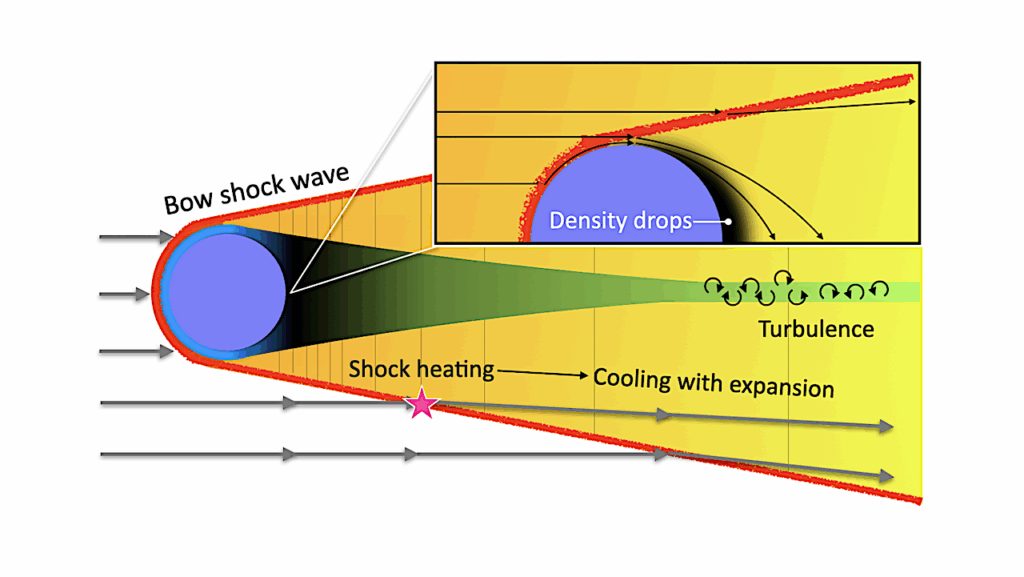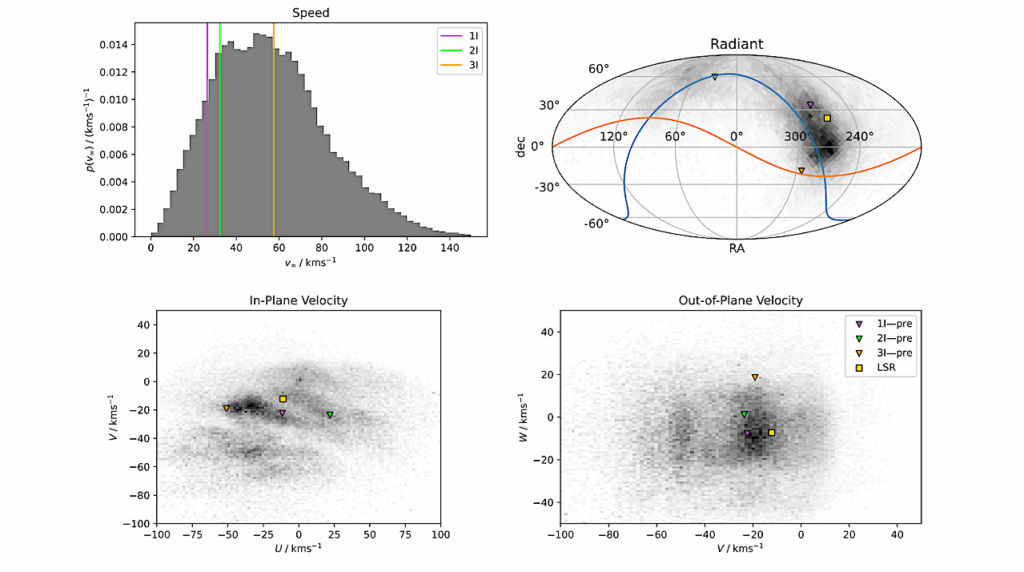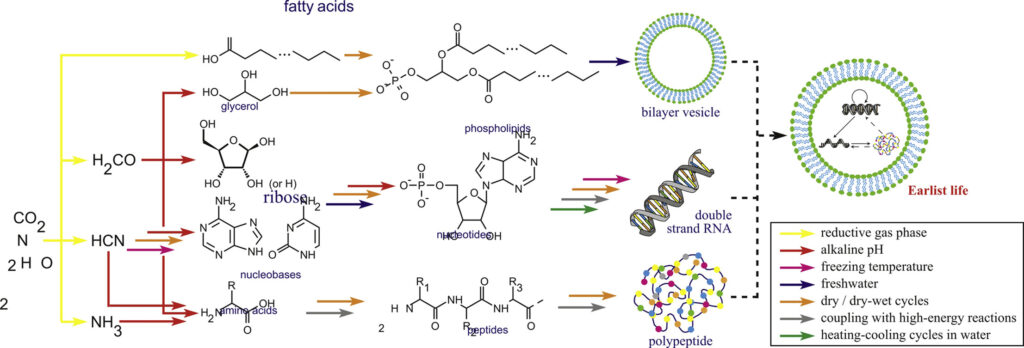Heliospheric Modulation of the Interstellar Dust Flow on to Earth

Aims. Based on measurements by the Ulysses spacecraft and high-resolution modelling of the motion of interstellar dust (ISD) through the heliosphere we predict the ISD flow in the inner planetary system and on to the Earth.
This is the third paper in a series of three about the flow and filtering of the ISD.
Methods. Micrometer- and sub-micrometer-sized dust particles are subject to solar gravity and radiation pressure as well as to interactions with the interplanetary magnetic field that result in a complex size-dependent flow pattern of ISD in the planetary system. With high-resolution dynamical modelling we study the time-resolved flux and mass distribution of ISD and the requirements for detection of ISD near the Earth.
Results. Along the Earth orbit the density, speed, and flow direction of ISD depend strongly on the Earth’s position and the size of the interstellar grains. A broad maximum of the ISD flux (2×10^{-4}/m^2/s of particles with radii >~0.3μm) occurs in March when the Earth moves against the ISD flow. During this time period the relative speed with respect to the Earth is highest (~60 km/s), whereas in September when the Earth moves with the ISD flow, both the flux and the speed are lowest (<~10 km/s).
The mean ISD mass flow on to the Earth is ~100 kg/year with the highest flux of ~3.5kg/day occurring for about 2 weeks close to the end of the year when the Earth passes near the narrow gravitational focus region downstream from the Sun. The phase of the 22-year solar wind cycle has a strong effect on the number density and flow of sub-micrometer-sized ISD particles. During the years of maximum electromagnetic focussing (year 2031 +/- 3) there is a chance that ISD particles with sizes even below 0.1μm can reach the Earth.
Conclusions. We demonstrate that ISD can be effectively detected, analysed, and collected by space probes at 1 AU distance from the Sun.
Peter Strub, Veerle J. Sterken, Rachel Soja, Harald Krüger, Eberhard Grün, Ralf Srama
(Submitted on 14 Nov 2018)
Comments: 17 pages, 17 figures
Subjects: Earth and Planetary Astrophysics (astro-ph.EP)
DOI: 10.1051/0004-6361/201832644
Cite as: arXiv:1811.05860 [astro-ph.EP] (or arXiv:1811.05860v1 [astro-ph.EP] for this version)
Submission history
From: Peter Strub
[v1] Wed, 14 Nov 2018 15:43:00 UTC (4,366 KB)
https://arxiv.org/abs/1811.05860
Astrobiology








